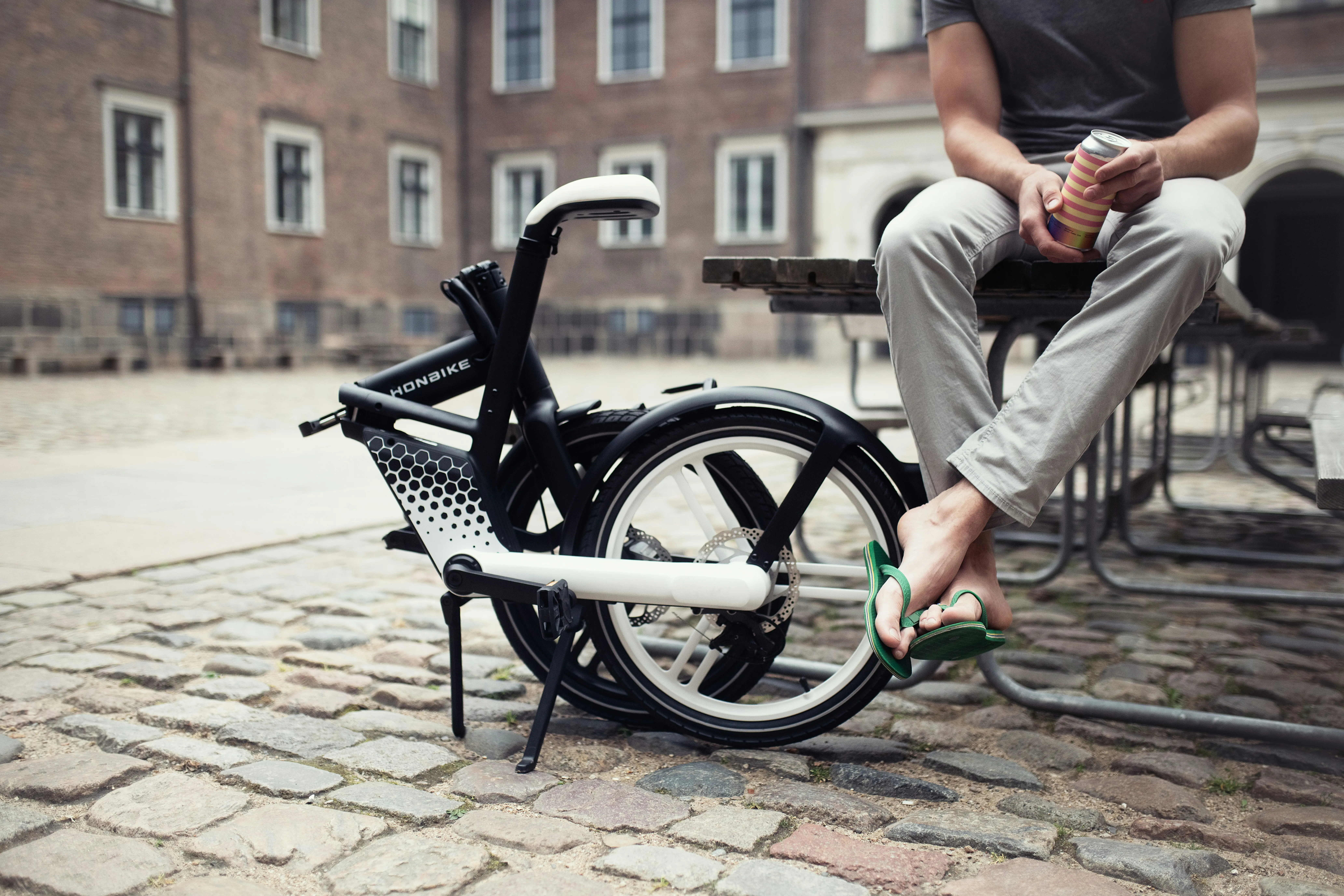Innovative Research Sheds Light On Cerebral Palsy In Children

September marks 'Steptember', a dedicated month for raising awareness and funds for cerebral palsy (CP). In line with this, researchers from the Auckland Bioengineering Institute (ABI) are delving into crucial studies aimed at understanding this complex condition.
Cerebral palsy, a disorder affecting movement due to brain damage occurring around birth, is the most common cause of childhood disability in New Zealand. Interestingly, while the brain lesions causing CP are non-progressive, children's musculoskeletal systems deteriorate over time. This paradox is central to the research at ABI.
Understanding Muscular Degeneration
Dr. Geoffrey Handsfield, recipient of a $1 million Aotearoa Foundation Fellowship, is spearheading efforts to unravel how CP affects muscles and bones over time. His colleague, Stephanie Khuu, is concentrating on why children's muscles fail to regenerate post-exercise, a key to understanding CP. While healthy muscles repair and grow stronger after exercise-induced damage, this process seems impaired in CP, leading to gradual degeneration.
Khuu's research suggests potential culprits such as high collagen levels making muscles rigid and a scarcity of satellite cells, crucial for muscle repair. By building a computational model of muscle regeneration, she aims to uncover the specific mechanisms hindering this process in CP.
Addressing Bone Deformation
Dr. Julie Choisne focuses on bone deformation in children with CP, a consequence of altered walking patterns due to abnormal muscle activity. Utilizing CT scans from the Victorian Institute of Forensic Medicine, Choisne is developing an atlas of normal bone development in children. This will aid in creating computational models to understand deviations in CP-affected children.
Combining these models with wearable sensors designed at ABI could lead to efficient assessments of children's walking patterns and their impact on bones. Early intervention could significantly reduce the need for assistive devices as children grow older.
This pioneering research will be showcased at the event 'A Brighter Future for Children with Cerebral Palsy' at the University of Auckland. The research promises to bring new hope and potential therapeutic avenues for those affected by cerebral palsy.